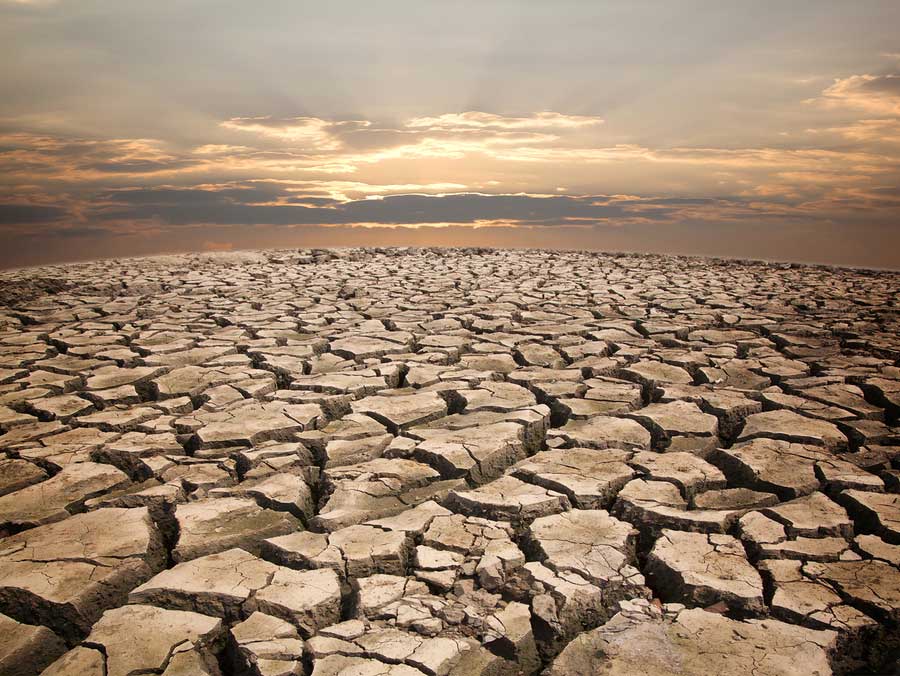California – A new study, by researchers from Columbia University and Cornell University, focused on the current California drought, found that at the present rate of warming and evaporation, the world’s eighth-largest economy, 50 years from now will be in a semi-permanent state of drought, interrupted by intense rainfall events. Although many scientists have addressed the issue of climate change for years, no one had ever quantified the effects of increasing greenhouse gas emissions on the overall moisture level.

“For people living in Sacramento, if we see a four-degee Fahrenheit change over the next couple of decades, it’ll be like living in Bakersfield”, said California Department of Water Resources climate scientist Elissa Lynn.
Park Williams, author scientist from Columbia University, hopes that this study help policy makers and citizens realize the actual causes and implications of climate change in drought-like phonomena as seen currently in California. Williams pointed out the public misconception which place decreasing raining levels as the worst thing about global warming. He commented on it that the negative variation of the baseline water amount available for human beings, is the most worrying matter related to the climate issue, because warming temperatures send more water into the sky leaving less of the precious good to distribute among us.
The study underliying calculation used climate datasets and multiple atmospheric moisture representations across California, from 1901 to 2014, and estimated numerous values for the Palmer Drought Severity Index, which works as a proxy for near-surface soil moisture.
The calculations led to the conclution that the conditions in the state were record-breaking in 2014 and regionally the drought experienced in 2012-2014 was also record-breaking in the southern Central Valley and highly populated coastal areas.
The study also quantified the proportion of human contribution to the phenomenon, a category known as anthropogenic warming. This contribution accounted for 8-27% and 5-18% of the anomaly in 2012-2014 and 2014 respectively. Although natural impact dominates in contributing to the drought as precipitation was found to be the primary driver of it, anthropogenic warming has substantially increased the overall likelihood of extreme California droughts.
Source: Geophysical Research Letters
